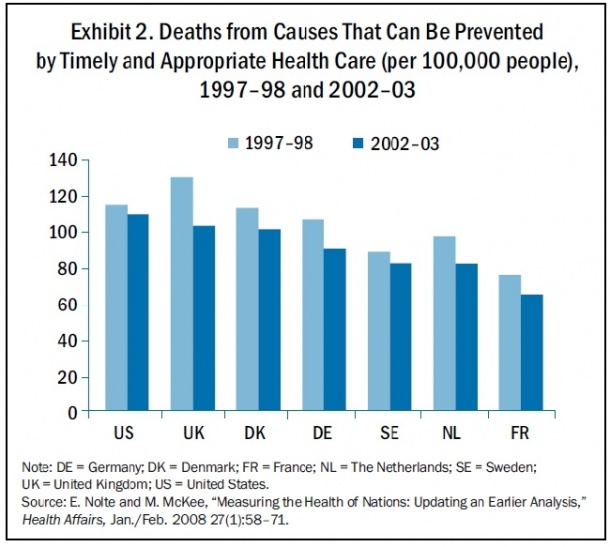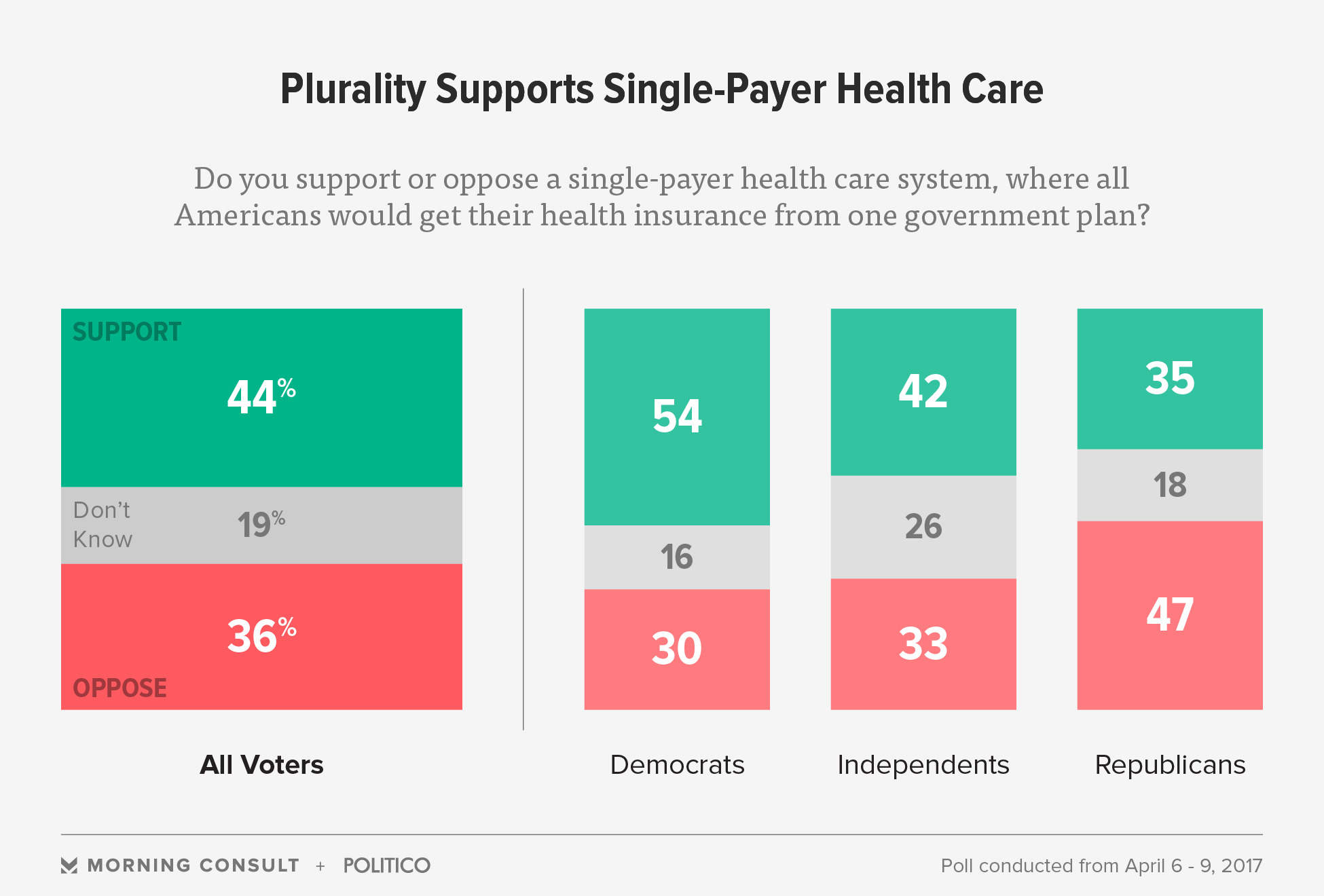Indicators on How To Get Free Health Care You Need To Know
Simply put, high medical expense individuals normally would not understand they are in the risk swimming pool. Assuming they have actually kept continuous coverage, high-risk individuals are anticipated to pay the exact same cost for their medical insurance as individuals who are healthy. In addition to the distinctions in between Obamacare and Trumpcare, there are also crucial variations between the strategies presented by the Legislature vs.
health care coverage in the future, you will need to be able to discover the best insurance strategy for you and your household. You can compare plans at eHealth, and deal with our certified brokers in any state to select a plan that meets your needs and spending plan. Our specialist services are available at no charge to you and we can help you enlist in strategy by phone, through our chat, or online.
Democrats counter that this "strategy" is a phantom, a dream, something President Trump and other Republicans keep appealing but never ever provide. It's as though the GOP states, "We have a strategy to make car theft unlawful!" while its members go around smashing individuals's cars and truck windows (what is the affordable health care act). On a purely factual basis, the Democrats are definitely appropriate. 9% Medicare payroll surtax on earnings over that limit and a 3. 8% tax on net investment earnings. The latter tax is steeply progressive, with the top 1% paying 90% of the tax, as financial investment earnings is highly concentrated with the https://gumroad.com/zorachtf4x/p/the-definitive-guide-to-the-employer rich. The ACA likewise established a penalty tax (related to the individual required) for people without sufficient insurance, an excise tax on companies with 50 or more employees who use insufficient protection, yearly fees on health insurance coverage providers, and the "Cadillac tax" (yet to be implemented since 2017) on generous employer-sponsored health insurance.
The Republican costs (AHCA and BCRA) essentially reverse all of the taxes, charges and charges and hold off the "Cadillac tax" further. The Tax Policy Center estimated in March 2017 that the AHCA follow this link would considerably reduce taxes for the rich, with those Internal Revenue Service tax units (an approximation for families) making over $200,000 per year (the top 6%) getting 70.

Those with earnings over $1 million (the leading 0. 4%) would see a tax decrease of $51,410 usually, receiving 46% of the benefit. In basic, those with incomes over $50,000 would see a tax cut, while those with income below $50,000 would see a tax boost. Those with earnings listed below $10,000 would see a tax cut too, but this advantage would be offset overall by reductions in Medicaid availability.
4 Simple Techniques For How Much Does Medicaid Pay For Home Health Care
The Center on Budget Plan and Policy Priorities (CBPP) reported that "Your house expense would represent the biggest transfer in modern U.S. history from low- and moderate-income individuals to the very rich." CBPP also composed: "Millionaires would acquire roughly $40 billion in tax cuts every year ... approximately equivalent to the $38 billion that 32 million households in poverty would lose from cuts to their tax credits and Medicaid." Medicaid is the U.S.
It is the main payer of assisted living home care. The ACA (present law) broadened Medicaid eligibility; 31 states and the District of Columbia implemented the expansion. Around 41% Click here! of Medicaid enrollees are white, 25% are Hispanic, and 22% are black. The proportion of white receivers in crucial swing states are 67% in Ohio, 59% in Michigan, and 58% in Pennsylvania.
Most of the expense savings (deficit reduction) under AHCA and BCRA is because of decreases in Medicaid costs and protection relative to current law. CBO estimated that there would be 15 million fewer Medicaid enrollees relative to present law by 2026, the biggest element of the decreased protection talked about above.
This would minimize Medicaid costs in 2036 from 2. 4% GDP under current law to 1. 6% GDP. The reductions are driven by decreased financing to states for those who became covered under the Medicaid growth in the current law (ACA), lowering the inflation index utilized to calculate per-enrollee payments to states, and eliminating protection mandates.
According to researchers at the Milken Institute School of Public Health at George Washington University, the AHCA legislation would result in a loss of 924,000 jobs by 2026. The group also studied the BCRA, which would cost an estimated 1. 45 million tasks by 2026, consisting of over 900,000 in healthcare.
How Much Does Medicare Pay For Home Health Care Per Hour Can Be Fun For Anyone
Further, gross state products would be $162 billion lower in 2026. States that expanded Medicaid would bear the force of the economic effect, as government funds would be lowered more considerably. Under both the ACA (current law) and the AHCA, CBO reported that the health exchange marketplaces would stay stable (i.
Yale Law School professor Abbe R. Gluck, the director of the Solomon Center for Health Law and Policy, composes that Republican chosen authorities have taken a range of steps to "screw up" the ACA, producing uncertainty that has actually likely negatively impacted registration and insurance company participation, and after that insisting that the exchanges remain in difficulty as an argument for reversing the ACA.
Medical insurance writer Louise Norris specifies that Republicans undermined the ACA through: Suits, both effective (Medicaid expansion limited) and not successful (requireds and insurance coverage aids maintained). Suits pending, such as whether cost-sharing subsidies should be paid. President Trump is threatening not to pay these aids. Avoidance of appropriations for transitional funding (" risk corridors") to steady insurance coverage markets, resulting the bankruptcy of numerous co-ops providing insurance.

Reduction to funding for advertising for the 2017 exchange registration period. Continuous insistence, regardless of CBO assertions to the contrary, that the exchanges are unsteady or in a "death spiral". Social Security expenses would reduce due to earlier death: "CBO also estimates that expenses for Social Security advantages would decrease by about $3 billion over the 20172026 period." Medicaid expenditures would increase due to reduced access to birth control.
Every year one in 830 uninsured Americans pass away in such a way which might have been prevented with better health care. A Congressional Budget Plan Office report recommends an additional 16 million individuals would be left uninsured resulting in 19,277 avoidable deaths. Other uninsured people would establish unpleasant chronic conditions or irreversible impairments which could have been avoided with health insurance coverage.
Not known Factual Statements About Who Led The Reform Efforts For Mental Health Care In The United States?
The AHCA will include age-based tax credits for those who make less than $75,000, or $150,000 for joint filers. The bill would have required insurance provider to cover pre-existing conditions. The AHCA used a standard of 'continuous protection', defined by a 63-day coverage gap, where an individual who presently has insurance and is changing insurance providers will not pay a greater rate with their brand-new insurance provider.
